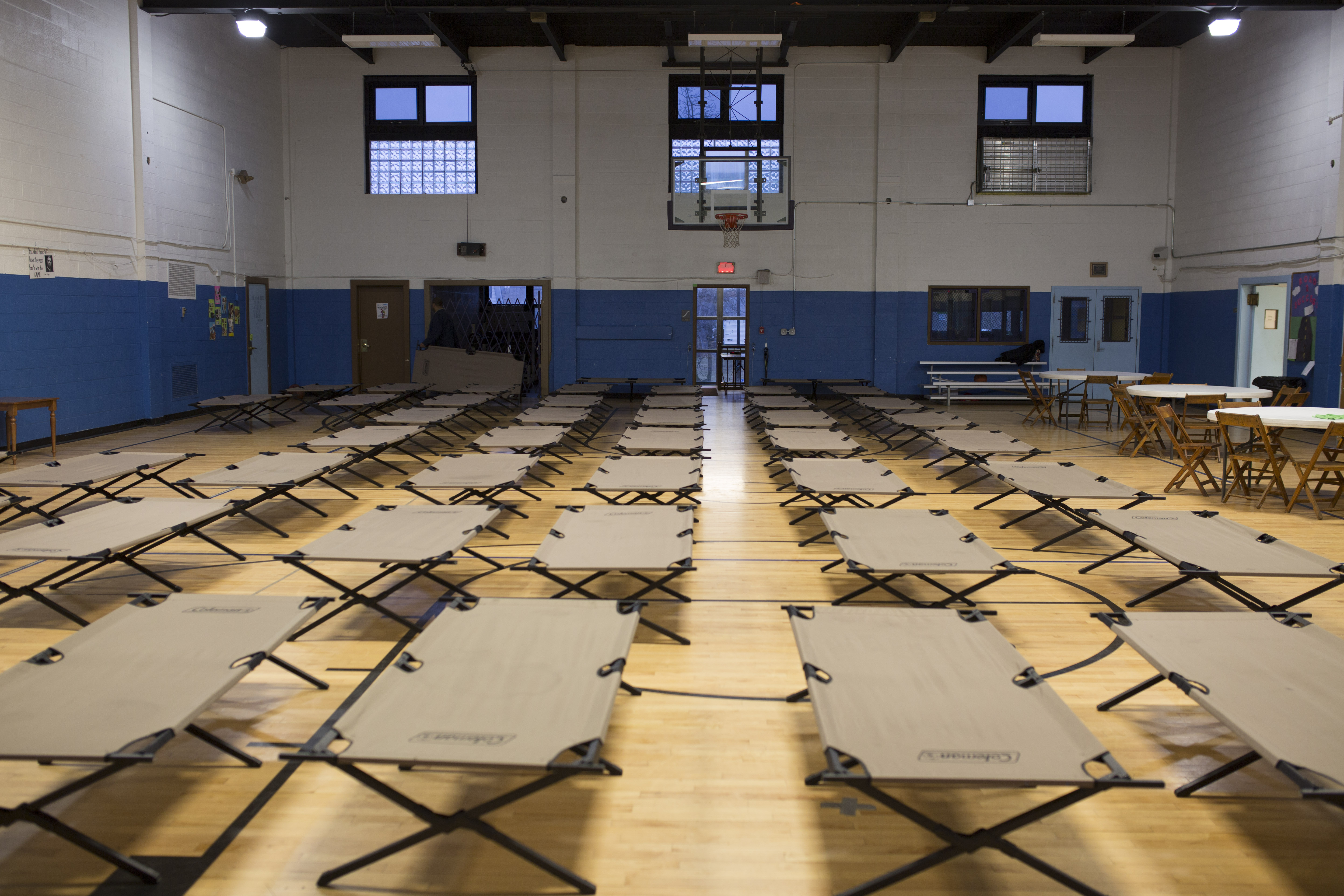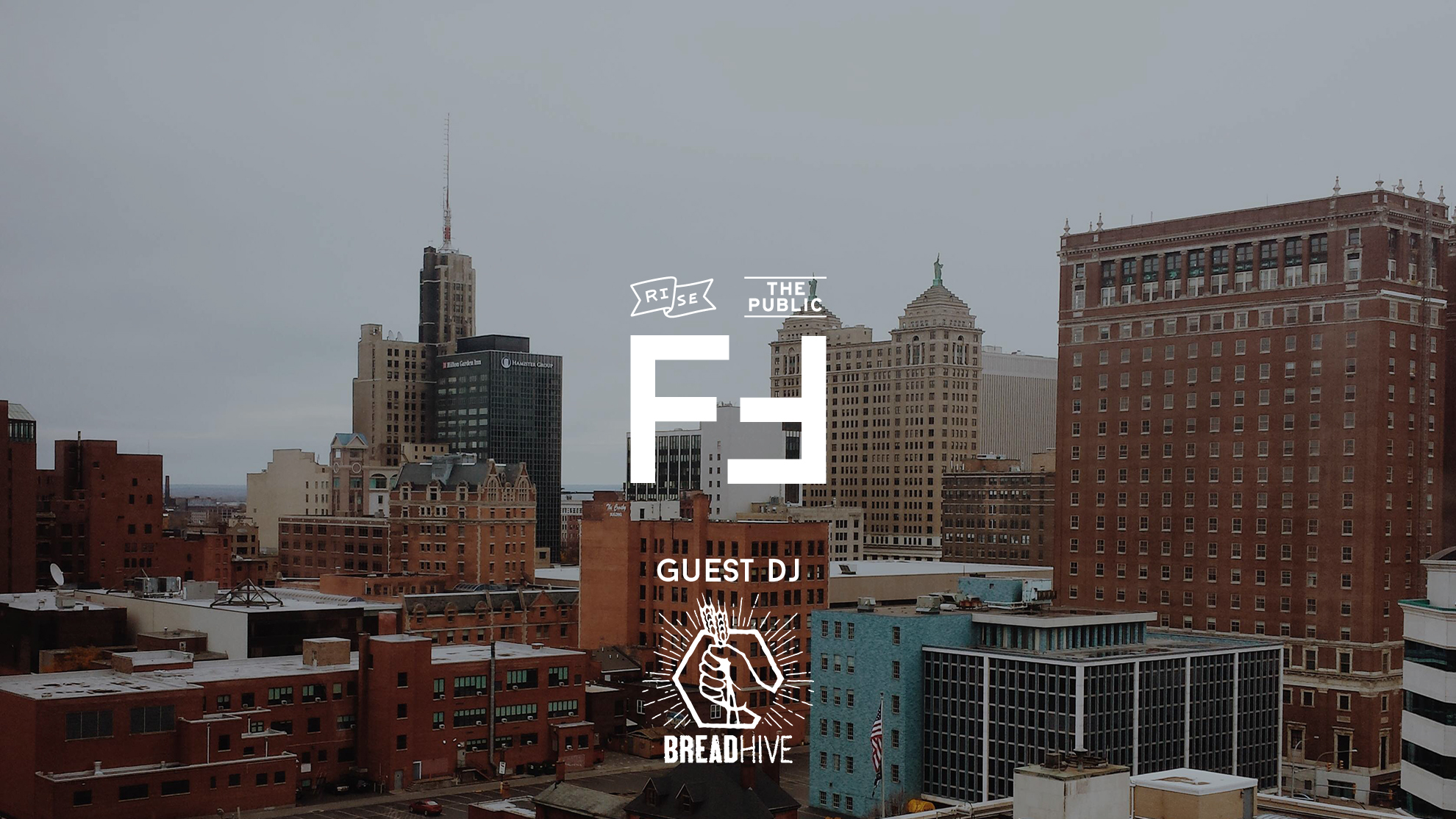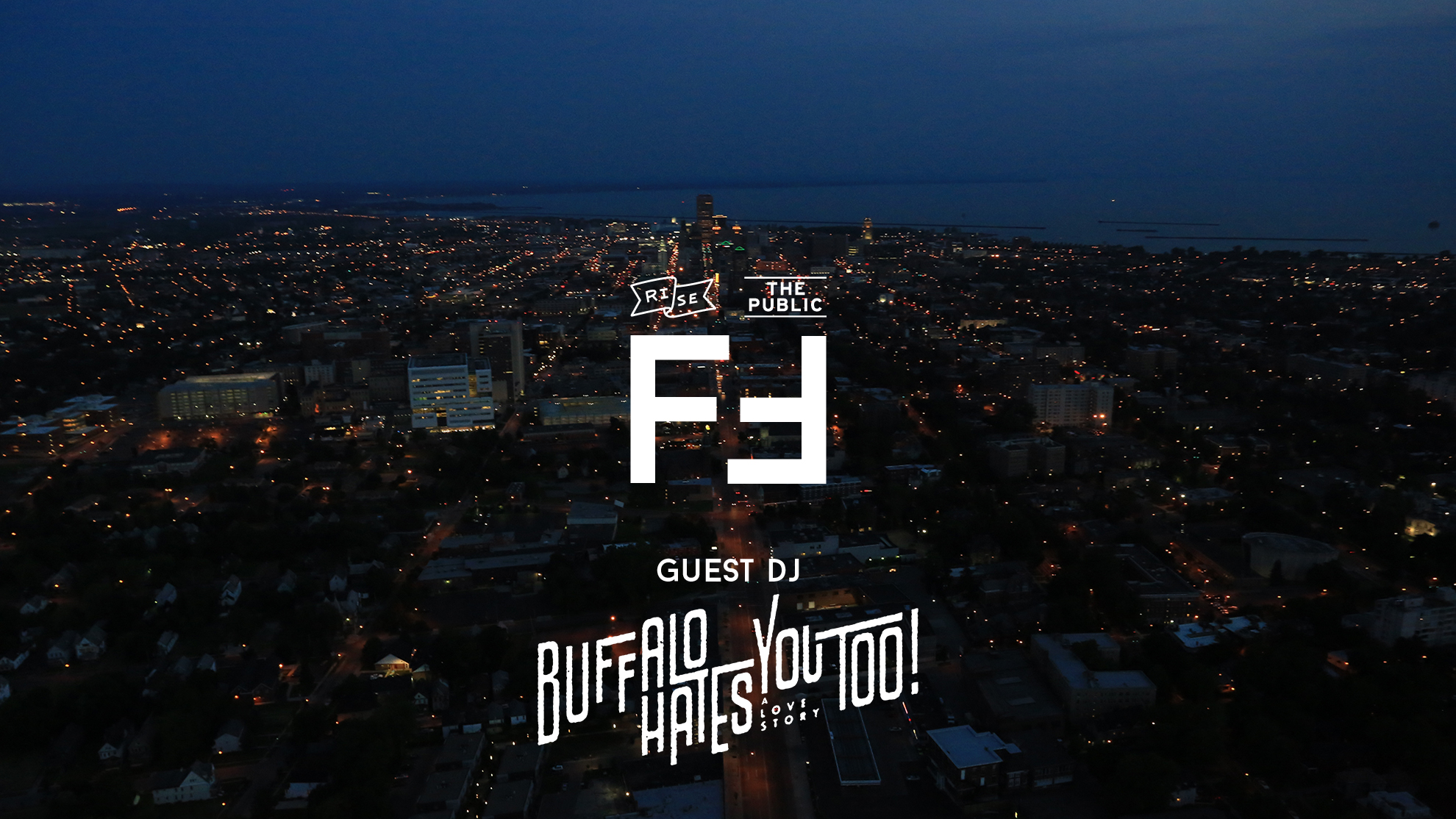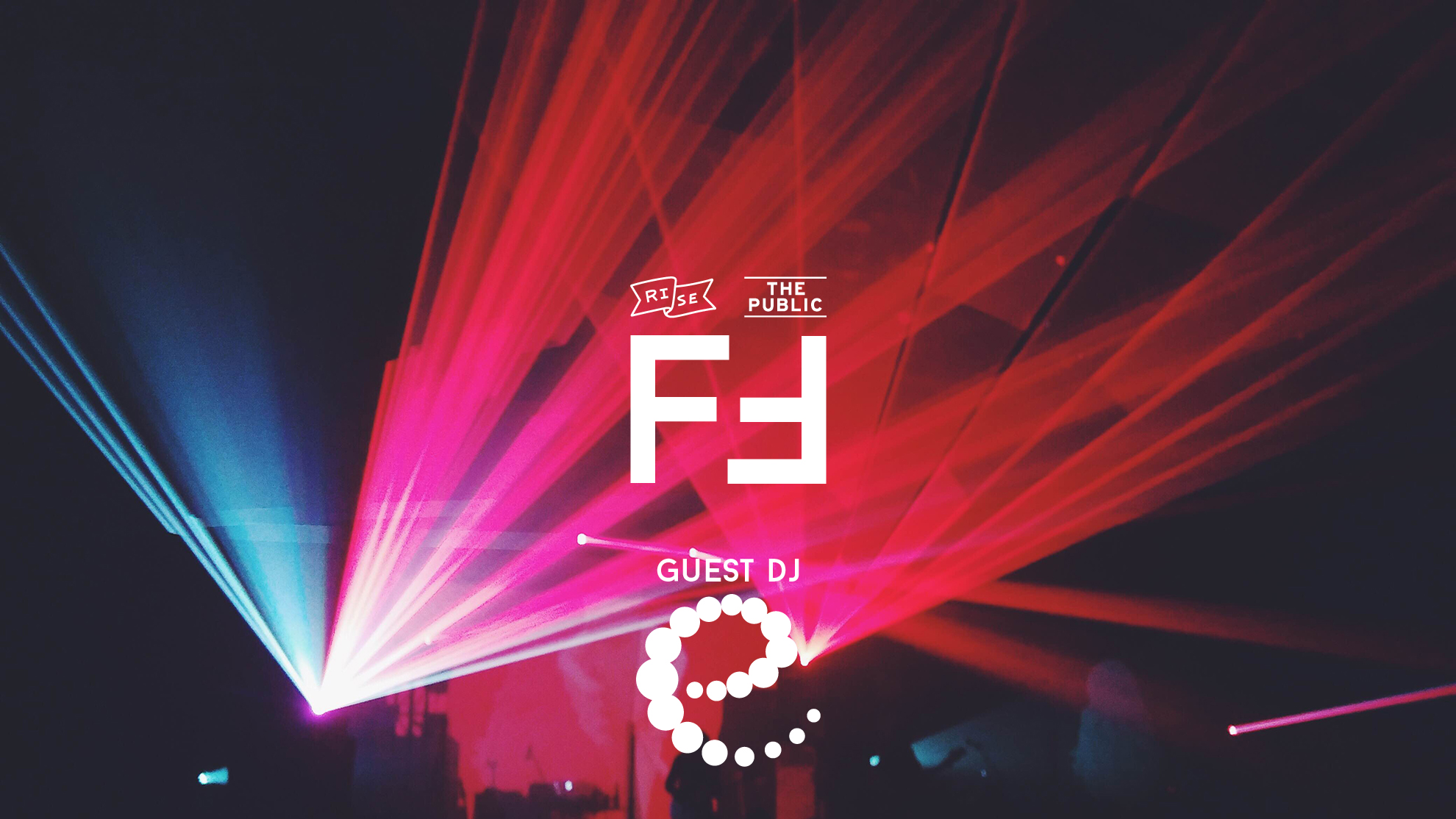By Kevin Thurston
“When a transgender client comes to you and says, ‘This is who I am,’ you have to decide whether you will help them, what they need [and] if you will show your discomfort. Most of you won’t have that problem. You are in the field of opening doors. That said, few people are comfortable with everything.” Marek Parker looks out at his audience, an ocular checking-in. “Every time I enter a room, I have to decide if that room is safe. For your clients, they have fewer places to go that are safe. That’s important to remember. That lack of safety is the main reason why lesbian, gay, bisexual, transexual, queer (LGBTQ) represents such a disproportionate number of homeless youth while only making up a small percentage of the general population.”
The audience Parker is addressing here is a group of 40 counselors gathered for diversity training on an exceptionally dreary February afternoon at a Catholic Charities location in Lackawanna. While waiting for the training to begin, some chat about grant funding, others about their cases, still others make small talk over Timbits. They settle in to listen to Parker talk about a topic that has become an increasing concern in recent years – LGBTQ youth homelessness. Parker himself is an unassuming, middle-aged man with a hoop earring, a holdover from an earlier era, and is the Homeless Outreach Specialist at Lakeshore Health. He has identified a distinct need for this particular training focus – there is currently no organization in the region that is completely dedicated to advocating for LGBTQ homelessness. According to Parker, “There is the Pride Center, which does advocacy, but no one is working on the rights of LGBTQ homeless, specifically. As a committee, we address things on both an individual basis and look to make systemic changes. Both [Lakeshore Health] and Pride offer training.”

With statistics as staggering as 40% of homeless youth identifying as LGBTQ, and one in five transgender people saying they’ve been homeless at some point, learning the best way to serve this population can no longer be ignored. Parker makes this point absolutely clear. “In Erie County, we don’t have a 100% transgender space for the homeless and they are at the greatest risk,” he says. “Especially transgender women of color. Society seems to think they have permission to harass, rape and murder these people. We do not.”
Unsurprisingly, funding is the main hurdle in advocating for LGBTQ homelessness. Money is difficult to obtain without appropriate statistics that clearly demonstrate the need for LGBTQ-specific outreach training. Part of what stands in the way of obtaining the necessary information is that the organizations providing homeless outreach don’t prioritize the collection of that data. When Parker asked local food pantries and shelters how many LGBTQ people they served on a weekly basis, their answer was some variable of “not that many.” Yet when speaking with a client at the City Mission, Parker was told that nearly 20 out of every 100 homeless people accessing the mission identified as LGBTQ – “and that’s just those who’d admit it.”
Which brings us back to the issue of safety. Some LGBTQ teens may be homeless simply because they tried talking with their family about their sexuality and were not accepted for who they said they were. Clients coming in for services aren’t prepared to open up to a stranger, and with more than 50% of transgender homeless reporting that they were harassed at homeless shelters by residents as well as staff, it’s easy to understand why.
“This isn’t about feeling uncomfortable,” Parker explains to the group. He draws comparisons between derogatory hate speech based on race and sexuality and how people within certain subcultures may reclaim these words, but that if you are outside of these groups, you have no right to use them. “We don’t have to like the language that a community picks for itself but we do need to accept them for who they are.” Allowing your client to freely express who they are is essential to creating trust. And that trust is necessary to remove the risk of your client becoming another victim of harassment or assault – another statistic. It is Parker’s mission to drive this point home, to create a broader understanding across outreach networks and teach providers how to create a safe space for their clients.
The training becomes more of an open forum toward the end, and the conversation inevitably turns to the question of gender and bathrooms. Nicole, a very tall and strong woman, is a guest at the training. She explains that she’s been physically removed from restrooms by bouncers and yelled at by other women for looking “butch”. She says, “I’ve always taken my kids, when they were children, into the women’s room regardless of their gender. Are there people with bad intentions? Yes. But we can’t determine that based on how someone looks and so we can’t legislate that. I don’t go to the bathroom in public anymore unless I’m accompanied by my wife. My kids have had to protect me [while I’m] using a public restroom. [So] in reality, who is more scared to use a public bathroom: you or me?”
Taking stories like Nicole’s and others into consideration, Parker sees this situation as a targeted epidemic. He seeks to counter it through education by organizing these trainings because of the extreme void in care that he has encountered in his work. If counselors have no experience with these populations, they are more inclined to be uncomfortable with them, and less likely to be able to serve them in a way that will be successful. When LGBTQ people are seen as equals by the public and by service providers, our community can more effectively work to lower the number of homeless LGBTQ people.

Want more from No Boundaries? Check out our podcast!
Episode 1 lives here, on iTunes and Stitcher. Please listen, subscribe, review, and enjoy.




